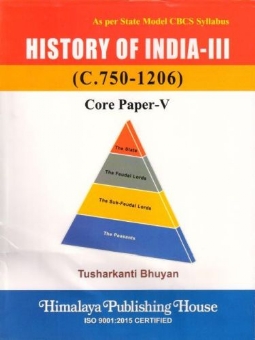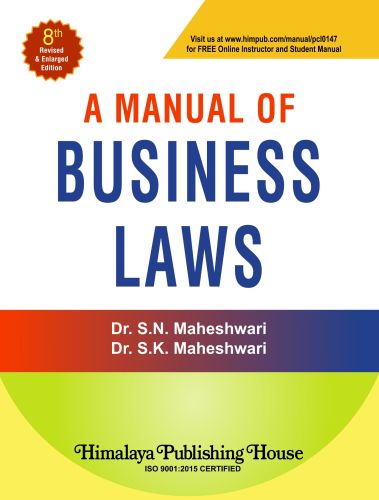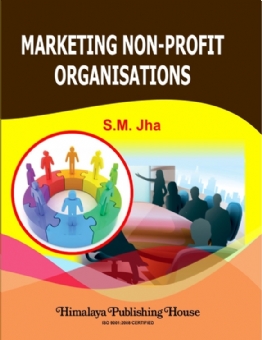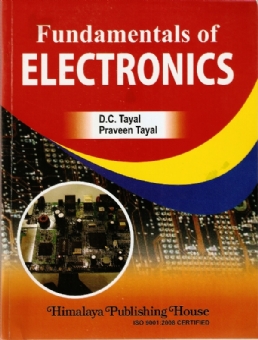The book “History of India-III (C. 750-1206) Core Paper-V” is a comprehensive work corresponding to the history of early medieval India. It discusses different fronts of the history of early medieval India such as sources, major debates concerning Indian feudalism, the evolution of political structures of the Rajputs and the Cholas, agrarian structure and social change, trade and commerce, and religious and cultural developments. On the theoretical plane, it deals with the rise, growth and decline of Indian feudalism which was a pre-requisite stage to the age of capitalism. Moreover, in the long course of writing, theoretical models like the feudal model, the processual model of integrative state polity, and the segmentary state polity model have been taken into great consideration. Admittingly, the topics are drawn on the works of many reputed scholars of both national and international levels. Finally, the book has been well-crafted concerning the need of students and general readers alike.
Contents –
Introduction
Unit 1 : Studying Early Medieval India: Political Structures
1. Sources: Literary and Archaeology
2. Evolution of Political Structures: The Rajputs and the Cholas
3. Legitimization of Kingship: Brahmans and Temples
4. Arab Conquest of Sindh: Causes and Impact
Unit 2 : Agrarian Structure and Social Change
5. Agricultural Expansion: Crops
6. The Landlords
7. Proliferation of Castes
8. Peasantization of Tribes
Unit 3 : Trade and Commerce
9. Inter-regional Trade
10. Maritime Trade and Forms of Exchange
11. Process of Urbanization
12. Merchant Guilds of South India
Unit 4 : Religious and Cultural Developments 13. Puranic Traditions, Buddhism and Jainism
14. Islamic Intellectual Traditions: AI-Biruni
15. Regional Language and Literature
16. Art and Architecture: Evolution of Regional Styles: Kalingan and Dravidian Style of Temple Architecture
Multiple Choice Questions (MCQs)
Model Questions
Last Minute Revision (LMR)
References







